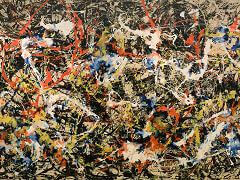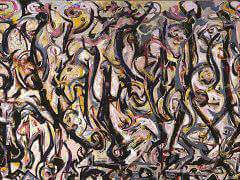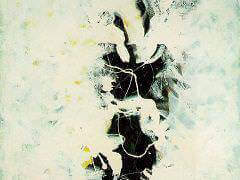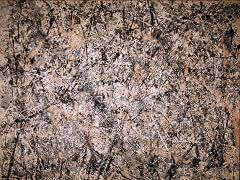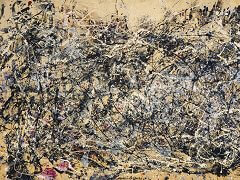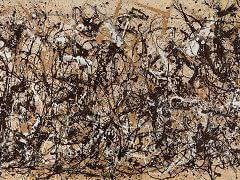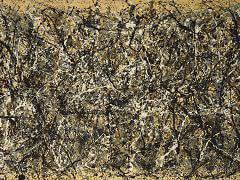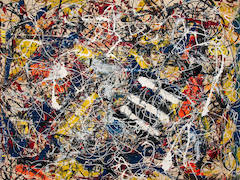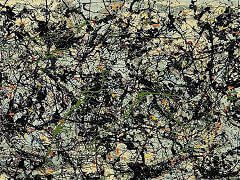Blue Poles, 1952 by Jackson Pollock
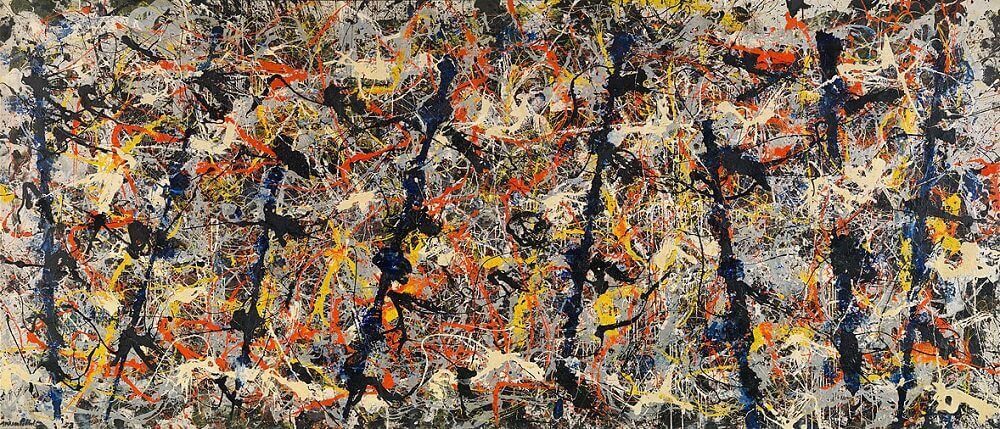
Blue Poles, originally titled Number 11, 1952, is an abstract expressionist painting and one of the most famous works by Jackson Pollock. It was purchased amid controversy by the National Gallery of Australia in 1973 and today remains one
of the gallery's major holdings.
At the time of the painting's creation, Pollock preferred not to assign names to his works, but rather numbers; as such, the original title of Blue Poles was simply "Number 11"' or "No. 11" for the year 1952. In 1954, the new title Blue
Poles was first seen at an exhibition at the Sidney Janis Gallery and reportedly originated from Pollock himself.
According to art historian Dennis Phillips, the specific rather than ambiguous title "limits our field of comprehension and does the painting a singular disservice. Because we look for the poles and miss much of the rest, the name is simply
too distracting."
The National Gallery of Australia purchased Blue Poles in 1973 for A$1.3 million. The gallery's director at the time, James Mollison, was not able to authorize purchases over $1 million, so the acquisition was approved by Prime Minister Gough Whitlam.

